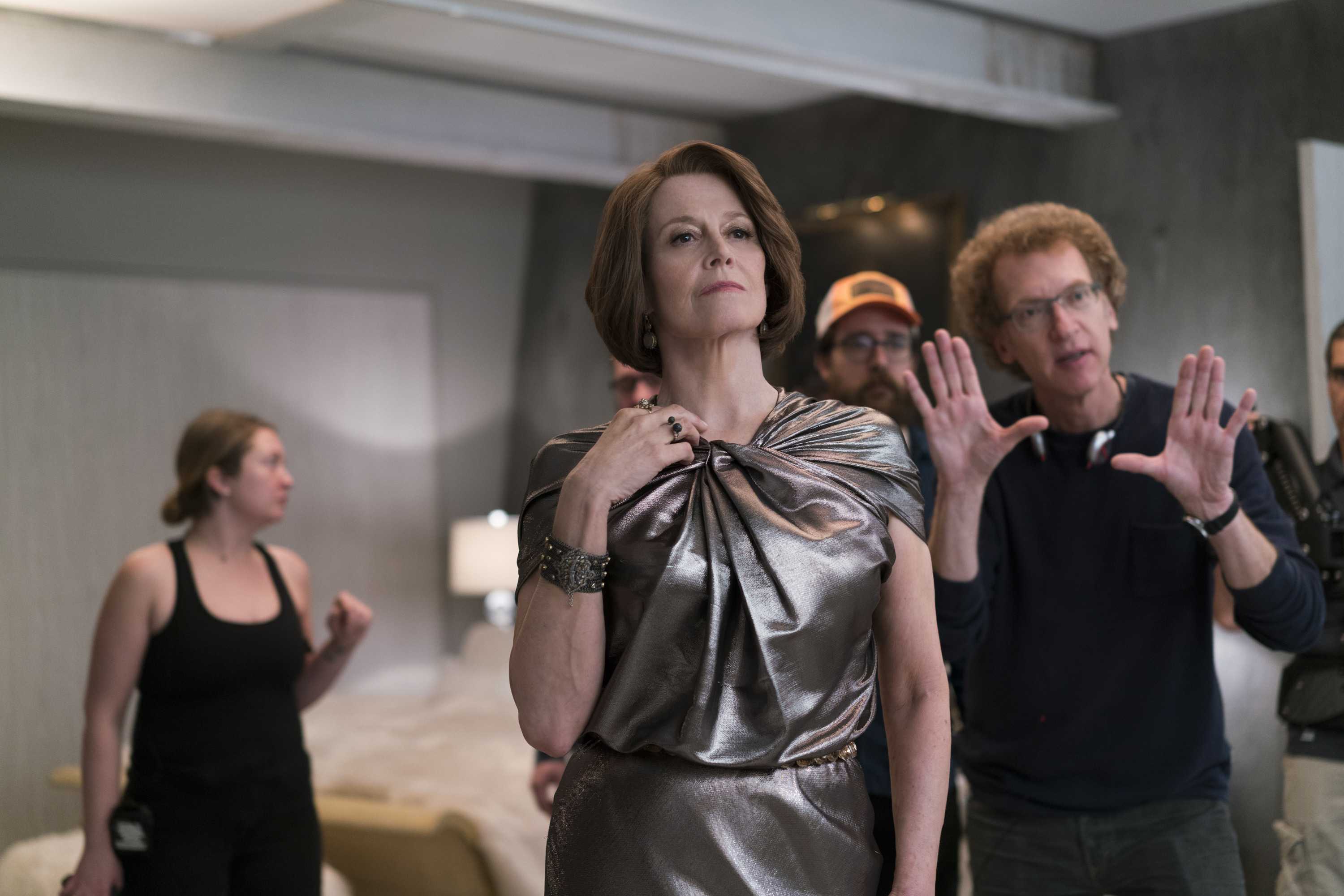
While film and television have not yet converged, the long-held concept of some sort of quality hierarchy regarding visual artistry with movies at the top and television at the bottom is effectively a thing of the past. Top-of-the-line audiovisual storytelling now comes in all shapes and sizes. With that in mind, this week’s “film”-making tips come from a veteran of the world of TV.
Even if you don’t know the name Phil Abraham on sight, there’s a good chance you know his work. He’s credited as the director of photography on 47 episodes of The Sopranos and was also a DP on Mad Men. After getting his start in movies, he moved into TV as a camera operator on The Sopranos, rising through the ranks to director. Abraham has also helmed episodes of such acclaimed series as Breaking Bad, Mad Men, The Walking Dead, Daredevil, The Defenders, and Orange is the New Black, just to name a few.
With IMDb credits spanning over three decades and a Primetime Emmy under his belt (Outstanding Cinematography for a One-Hour Series in 2007 for Mad Men), Abraham has serious cred and some solid advice to go with it.
Embrace Democracy
In the lead up to the 2009 Emmys, Variety asked Abraham about what it’s like working with actors in a long-running series in the context of his Emmy-nominated work on the Mad Men episode “The Jet Set.” Abraham responded (via the print-only edition on August 18, 2009):
“Most actors by and large have a sense of how they’d like to play the part[…] but everyone is open to ideas. If I want to explore a different way of directing a scene, I will always let the actor know how I want to do it, and they can tell me what they think. And then we vote. It’s not my-way-or-the-highway.”
He then went on to address the ethereal moodiness that pervades his nominated episode that somewhat differs from Mad Men‘s usual style. He said that that divergence was intended from the start but then tied everything back together to the idea of collaborating with the actors:
“That doesn’t mean your plan takes over exploring something different with an actor. That always takes precedence—you’ve got to stay open to things that you didn’t previously conceive. When you’re able to pull something off with (the actors) quickly in the moment, everyone’s spirits race. If you have good ideas, then you earn their respect immediately.”
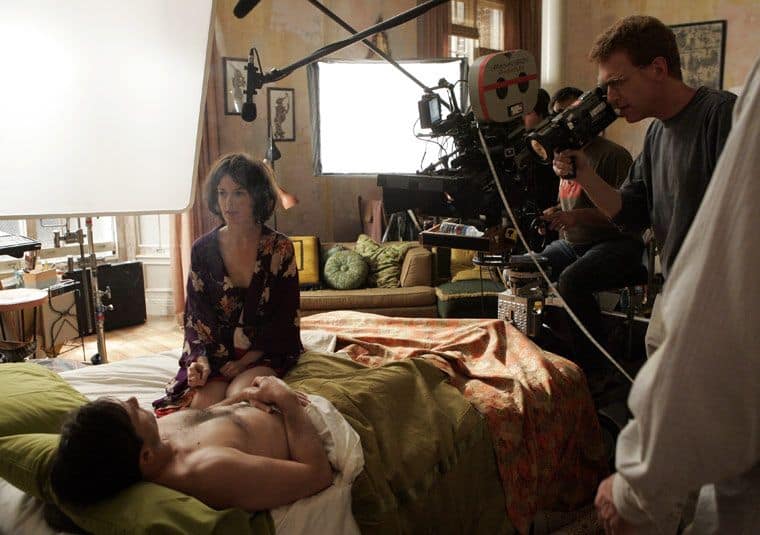
Abraham shooting ‘Mad Men.’ (AMC)
Trust Your Instincts
One of Abraham’s more recent projects was the well-received A&E series Bates Motel. Abraham directed three episodes of the series, including Season 5’s much-anticipated “Marion,” which finally brought the series into official Psycho territory with the introduction of Marion Crane (Rihanna). Shortly after the episode aired in March 2017, Abraham was interviewed by The Hollywood Reporter, and he addressed the intimidating challenge of taking on one of the most revered and visually iconic narratives in cinema history. Abraham discussed his conscious efforts to keep some distance from Hitchcock’s original while still honoring it—a decided contrast to Gus Van Sant’s infamous shot-for-shot remake. He also addressed a certain element of suspense added in his rendition through the significant but unplanned use of a tire iron, and then went on to elaborate on the value of such serendipitous happenstances:
“What is also true is that as you immerse yourself as a director, you immerse yourself into the story. You immerse yourself in really deeply. Then you end up making little, uncalculated decisions, just instinctual decisions, that somehow play into the storyline. You really rely on those instincts. So while I say that it wasn’t a scripted moment or a deliberate moment to make you think [a certain way], nonetheless, I am very involved in the story and instinctually it felt right, even though intellectually I hadn’t fleshed it out fully. I love that you have and that’s the dance that the audience plays and shares with the filmmaker.”
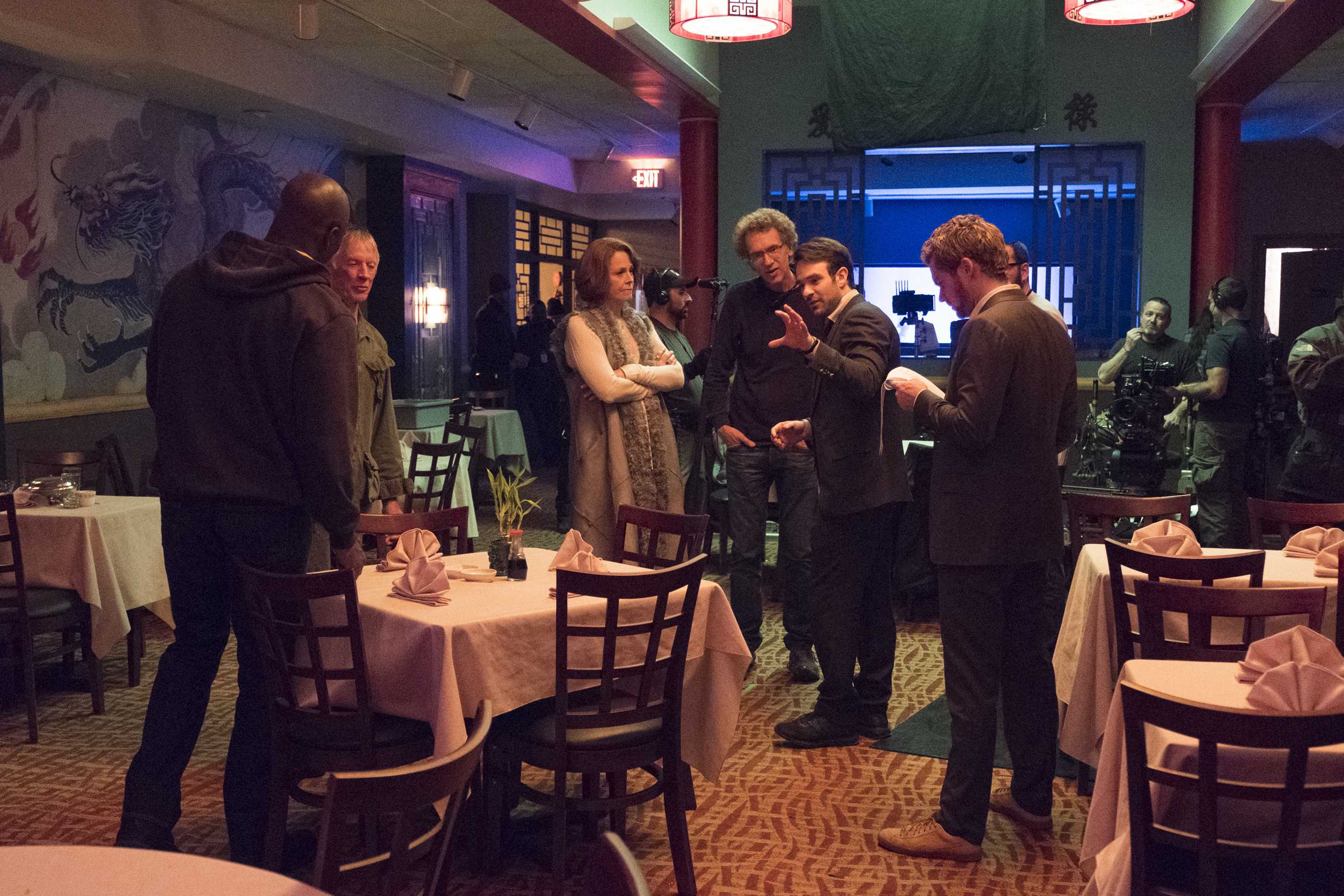
Abraham directing ‘The Defenders’ (Netflix)
Know the World through a Camera
Breaking Bad was one of Abraham’s first post-Sopranos directorial gigs, and in an AMCtv.com interview, Abraham explained the decided benefits his deep familiarity with camerawork from years of cinematography experience bestowed upon his directorial efforts:
“As a director, I come to locations and see where the sun is and gravitate toward the angles that I would as a cinematographer: What time of day will we be here? Will it be front lit or backlit? You’re used to looking at things through a camera, so you can make your decisions along those lines much more easily.
He also elaborated that his experience allowed him to communicate with his own DP much more efficiently.
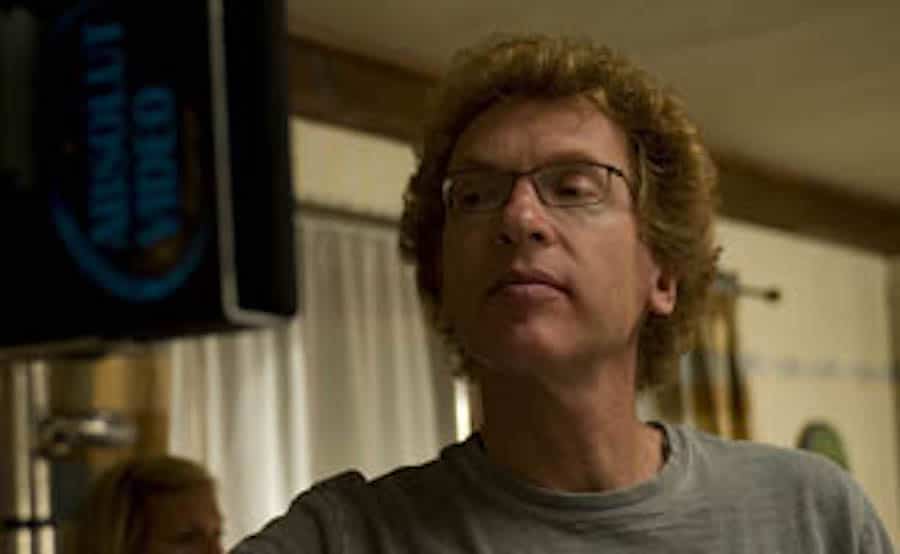
Abraham directing ‘Mad Men.’ Photo: Lewis Jacobs. (AMC)
Follow Through
Abraham was involved with Mad Men from the very beginning, serving as cinematographer on the series pilot. While most of the pilot was shot on location in New York, the series went into production in Los Angeles. Work commitments on a different pilot kept Abraham in New York while the first episode of Mad Men was being prepped, but that didn’t stop him from being an active participant. He stayed in constant contact with series production designer Dan Bishop — and it was a good thing, too, because it turned out Bishop and his team were working with a poorly transferred DVD of the pilot, meaning that their visual references were all off. Abraham underlined the important moral at the heart of this story in an interview published in the March 2008 issue of American Cinematographer, saying:
“The cinematographer’s job isn’t done when the camera is turned off. It’s vital to make sure your work is maintained through to the master.”
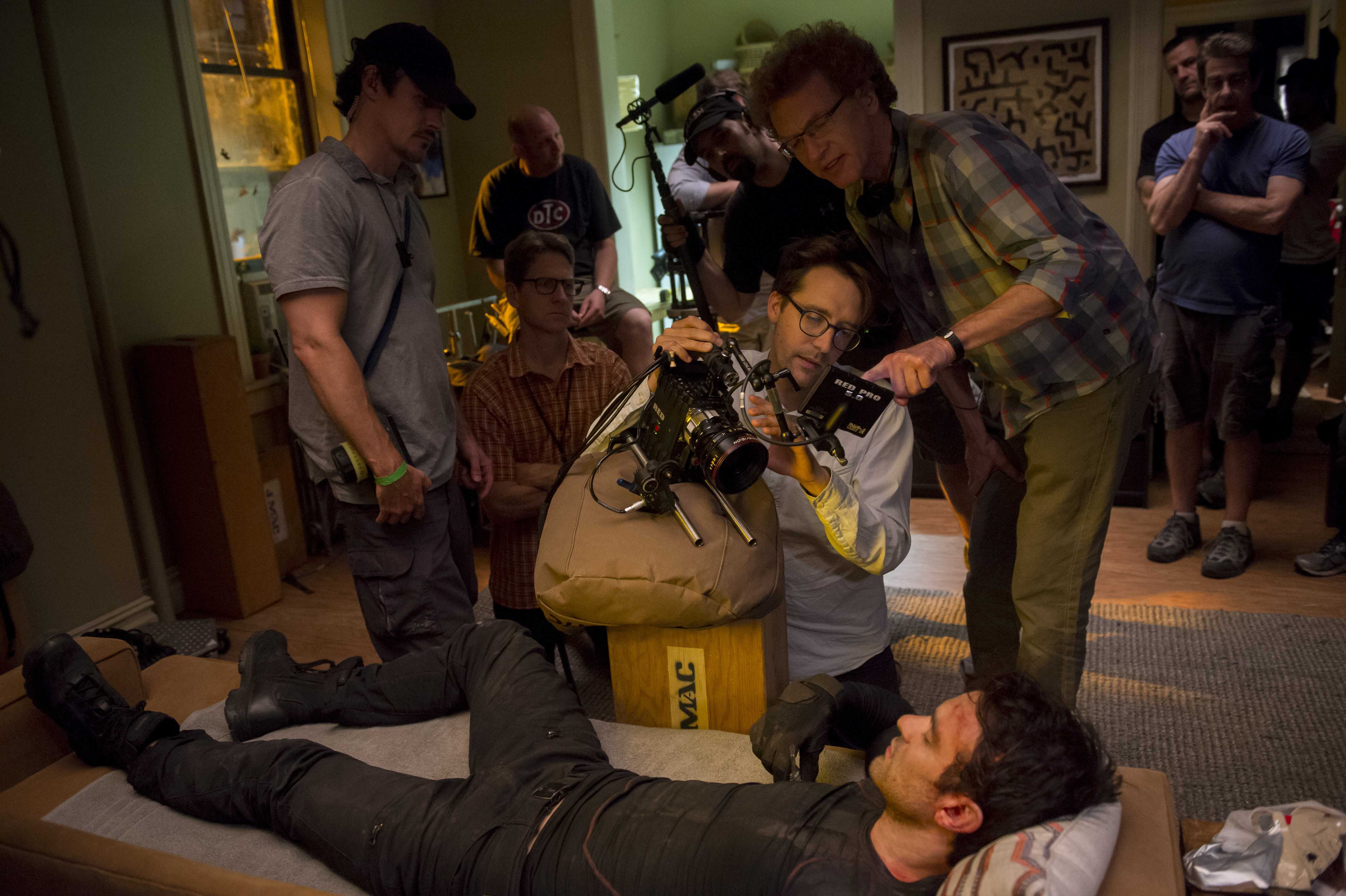
Abraham directing ‘Daredevil.’ Photo: Barry Wetcher (Netflix)
Is There Anything Else You Can Do? (aka Be Visually Interesting)
In “Mad Men, Mad World: Sex, Politics, Style, and the 1960s,” the most intense collection of scholarly essays dedicated to Mad Men published to date, Appendix A is a lengthy interview with Abraham which features heaps of interesting behind-the-scenes info for Mad Men fans, but also plenty of words of more general wisdom. When asked about accomplishments he was proud of as a director that the casual home viewer might not appreciate (at least not consciously, that is), Abraham responded:
“My inclination normally is to be as efficient visually as possible and to avoid a kind of mundane cutting pattern. Like, if there are three of us in the room right now, how do I cover the scene and make it interesting? Well, you could have shots on the two of you and then turn around and have a shot on me, but is there anything else you can do? And you take your cues from the dialogue and the way it’s structured as a scene and the way it’s written. […] To me, if I can tell the story in a visual way in one shot, especially for a scene that’s a page or less in the script, that’s what I want to do.”
This interview was published in 2013, and interestingly enough since then one of Abraham’s most iconic sequences has become the hallway fight scene in the 2015 Daredevil episode “Cut Man” (see below), a premier example of “telling the story in a visual way in one shot.”
Have Content Inspire Form
This last piece of advice also comes from “Mad Men, Mad World: Sex, Politics, Style, and the 1960s,” because the interview with Abraham there is 20 solid pages of quality content. Abraham was asked, “What’s it like having a show with no protagonist in a classic sense?,” and while his answer has some elements that are Mad Men specific, it ultimately communicates a great message that can be applied generally not to just television, but any kind of visual storytelling:
“Well, there’s always a protagonist for the episode. What I always try to do is ask, what is this episode about? Once I understand that, then formally I try to figure out how to visually set up—whatever it’s about. I want it to influence every decision I make. You can’t always do that, but if you try to, sometimes you get to.”
What We Learned
Phil Abraham’s work spans the length of our current “Peak TV” era, from origins to present, and his credits include several of modern television’s most esteemed titles. However, what his filmography demonstrates is not just that prestige content can be made for television, but that establishing oneself as an audiovisual storyteller with a distinctive voice isn’t just for movies anymore, either.
Related Topics: Breaking Bad, Daredevil, Filmmaking Tips, Mad Men, Orange is the New Black

